Did you know that the name “Pearl City” comes from the once-abundant oyster beds that lined its shores, so numerous that pearls could be plucked from shallow waters? While most think of Pearl Harbor and World War II, the truth is Pearl City Hawaii history extends deep into ancient roots and vibrant traditions. Journey with us as we lift the veil on this Oahu community, whose legacy is as rich and unexpected as the gems that named it.
Pearl City Hawaii History: A Surprising Beginning Rooted in Ancient Traditions
-
Discover why the name 'Pearl City' holds more than just geographic significance.
-
Explore unexpected cultural and historical influences that shaped Pearl City.
Pearl City Hawaii history is a fascinating blend of ancient Hawaiian tradition, Pacific islander heritage, and waves of change that arrived from distant lands. Nestled on Oahu’s southern shore, Pearl City is located along the banks of the historic Pearl Harbor. Long before the city was mapped by outsiders, Native Hawaiian communities flourished here, drawn to the abundant resources provided by the harbor’s natural estuaries.
The name "Pearl City" does more than identify a place—it echoes the prized oysters and shimmering pearls once harvested by local people. These waters were a wellspring for sustenance and commerce, and even influenced ancient rituals and social structure. Over centuries, the arrival of Polynesian voyagers, the rise of Hawaiian royalty, and later, Western contact all left indelible marks on Pearl City’s identity. Through every era, the city was shaped not only by geography but also by traditions, innovation, and resilience—elements that continue to influence its character today.

What You'll Learn About Pearl City Hawaii History
-
The ancient roots of Pearl City Hawaii history and its cultural evolution
-
Key events and influences that made Pearl City famous
-
Fun and little-known facts about Pearl City’s rich past
-
Differences and connections between Pearl City and Pearl Harbor
-
Why Pearl City, Hawaii is a desirable place to live today
The Foundations of Pearl City Hawaii History: Origins and Early Life
Ancient Settlements Around Pearl Harbor and Their Significance
Long before modern infrastructure, the area around Pearl Harbor was dotted with thriving communities built by native Hawaiian and Pacific islander settlers. These early societies were structured around the region's fertile land and water, sustaining rice paddies, fishponds, and taro patches supported by ingenious traditional irrigation systems. The harbor itself, called Pūʻuloa by Hawaiians, was considered a sacred gift, nourished by freshwater springs and teeming with aquatic life.
These ancient settlements were more than living spaces—they were hubs of cultural, spiritual, and economic activity. The local communities revered the pearl-bearing oysters, not just as a food resource but as symbols of wealth and mana (spiritual energy). Over time, the waterways around Pearl Harbor helped to shape early commerce, while ceremonial sites and petroglyphs reflected the deep spiritual connection the people had with the land and sea. Today, visible traces of these early settlements underscore how Pearl City Hawaii history is rooted in respect for nature and ancestral wisdom.
Early Hawaiian Society: The Role of Pearls and Waterways in Pearl City
In ancient times, Pearl City and its surrounding estuaries played a central role in the rise of the Hawaiian monarchy and the region’s growing influence. The waterways served as vital arteries for travel and sustenance, with water buffalo and canoes transporting fish, crops, and goods. Pearls gathered from the harbor were highly prized by chiefs (ali‘i) and presented as tributes during royal ceremonies.
The significance of pearls extended into local legend and governance. Pearls were thought to be physical representations of the gods’ favor and were worn as adornment by the elite. The city high ranking families and local rulers used the resources drawn from the land and sea to exert authority, shape alliances, and secure the well-being of their people. These early traditions still echo in Pearl City’s identity, blending reverence for natural bounty with an enduring sense of pride and place.
|
|
|
Timeline of Key Events in Pearl City Hawaii History |
|
Year |
Event |
Significance |
|---|---|---|
|
Pre-1778 |
Ancient settlements established around Pearl Harbor |
Native Hawaiian communities thrive using estuaries, taro patches, and oyster beds |
|
1889 |
Oahu Railway founded by Benjamin Franklin Dillingham |
Pearl City connected to downtown Honolulu and Ewa District; economic growth begins |
|
1941 |
Attack on Pearl Harbor |
Pearl Harbor and Pearl City gain worldwide attention; era of military expansion and change |
|
1950s–present |
Urban expansion, schools built (Pearl City High, elementary school) |
Pearl City transforms into a suburban community with diverse families |
How Pearl City Became Famous: Defining Moments in Pearl City Hawaii History
Pearl Harbor’s Lasting Impact on Pearl City Hawaii History
The world’s eyes turned to Pearl City on December 7, 1941, as the devastating attack on Pearl Harbor marked the United States’s entry into World War II. The military base at Pearl Harbor quickly expanded, and the ripples were felt throughout adjacent Pearl City. Homes that once overlooked serene waters suddenly found themselves amid heightened security and convoys of military families and personnel.
This event fundamentally reshaped the future of the city, firmly etching Pearl City Hawaii history into the broader canvas of global events. Aside from its military role, Pearl City played a part in supporting the war effort—supplying food, housing, and essential services for the region. After the war, urbanization accelerated, transforming rice paddies and farmlands into neighborhoods, shopping centers, and schools, a change that continues to define Pearl City to this day.
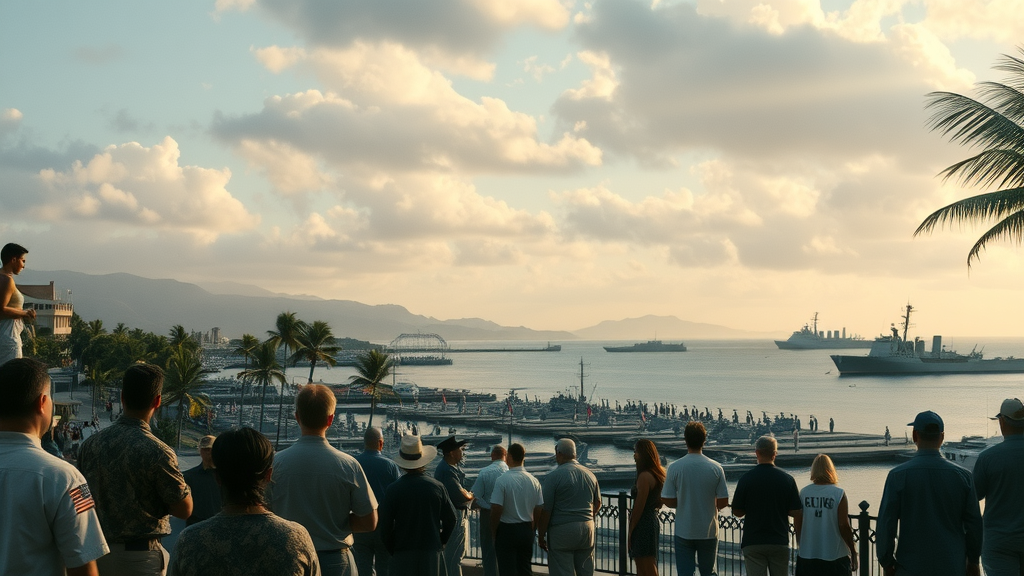
Development of Industry and Urbanization in Pearl City
Following World War II, Pearl City's rapid industrialization and suburban expansion reshaped the landscape. The Oahu Railway, originally envisioned by Benjamin Franklin Dillingham, quickly became a lifeline, connecting Pearl City to downtown Honolulu and the greater Ewa District. Small-scale agriculture gave way to bustling neighborhoods, shopping centers, and business parks, driven by the influx of military families and new residents seeking suburban atmosphere and convenient location.
As the city grew, it saw the creation of Pearl City High School, elementary schools, and recreational amenities that supported a growing, diverse population. Parks, dining options, and access to transportation helped cement Pearl City’s reputation as a thriving community balancing historical legacy with modern progress. The transformation from quiet settlement to a major Oahu hub is a testament to Pearl City's adaptability and enduring spirit.
Local historian reflects: 'Pearl City was shaped by tides of change, from royal authority to naval might.'
Cultural Influences in Pearl City Hawaii History
Immigration, Traditions, and Community Life in Pearl City
Pearl City's cultural tapestry is woven from generations of Native Hawaiian, Asian, Pacific Islander, and settlers drawn by opportunity and location. Waves of immigration during plantation days brought laborers from Japan, China, the Philippines, and Portugal, each group adding new festivities, foods, and traditions to community life. Over time, religious festivals, foods, and languages blended, producing a distinctive local flavor.
Today, community festivals showcase the multicultural influences that define Pearl City. School events, sporting competitions, and neighborhood gatherings often feature hula, taiko drumming, diverse cuisines, and oral histories shared by kupuna (elders). The result is a strong sense of identity rooted in both ancient legacies and the resilience of immigrants who shaped Pearl City's modern story.
Cultural Landmarks and Historic Sites Tied to Pearl City Hawaii History
Landmarks such as Remond Grove, the Oahu Railway trail, and historic chapels dot the geography of Pearl City. Each tells a story—whether it’s the role of mud wagon transportation between neighborhoods or the importance of church bells that once called settlers to worship or warned of distant trouble. Even the city’s shopping centers often mark the site of former plantations or ancient gathering places where residents traded goods and stories.
Visitors can trace Pearl City’s journey by touring schools, community parks, and restored train stations that survived the war and rail boom. While many historic sites are subtle, locals often share oral tales of the square mile of land that transformed from taro patches to thriving suburbs. Together, these landmarks bear witness to changes in economy, population, and the spiritual landscape of this unique Oahu community.
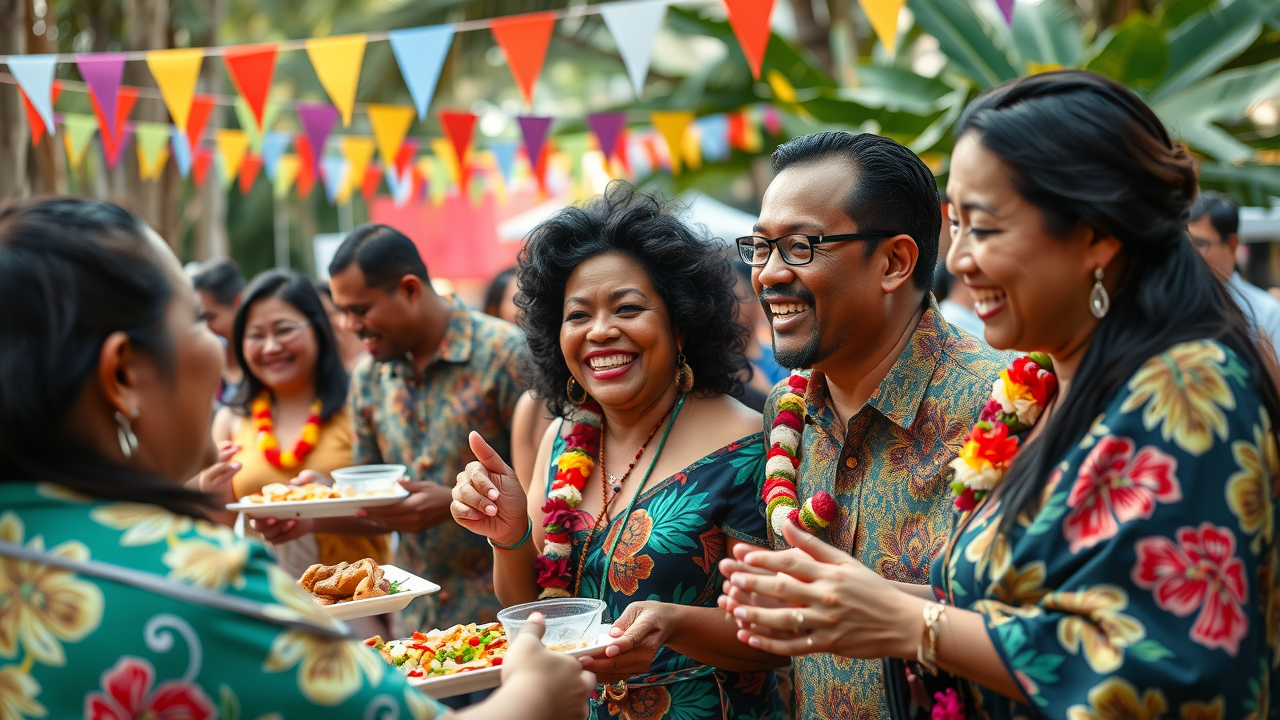
Fascinating Fun Facts from Pearl City Hawaii History
-
Pearl City’s ancient pearls were once so abundant that pearl diving was a major occupation for early residents.
-
It is home to the first inter-island railway in Hawaii, connecting the town to central and western Oahu.
-
Pearl City played an unexpected role during World War II as a logistics hub, supporting military base operations with food and transportation.
-
The significance of pearls in ancient and modern Pearl City continues to shape the city’s identity and pride.
-
Pearl City’s role in major historical events extends far beyond the attack on Pearl Harbor—it has been a center for political, economic, and social change over centuries.
Pearl City Hawaii History vs. Pearl Harbor: Distinct Yet Connected
A Tale of Two Places: Understanding the Relationship Between Pearl City and Pearl Harbor
Though intertwined by geography and events, Pearl City and Pearl Harbor have unique roles in Oahu’s past. Pearl City is the residential and commercial heartland resting on the edge of the harbor, serving as home to generations of islanders and newcomers alike. Pearl Harbor, on the other hand, is famed as a U.S. naval base, a site of World War II’s pivotal moments, and a powerful symbol in world history.
The close proximity has meant their stories have often intersected: families are split between civilian and military life, and local businesses thrive on the steady presence of base operations. Yet while one is a living community with shopping centers, schools, and festivals, the other is a guarded port, known globally for memorials and strategic influence. Understanding the connection—and distinction—between these two Oahu icons helps illuminate the multidimensional fabric of Pearl City Hawaii history.
|
|
|
Comparing Pearl City and Pearl Harbor: History, Landmarks, and Identity |
|
Aspect |
Pearl City |
Pearl Harbor |
|---|---|---|
|
Founded |
Roots in ancient Hawaiian settlements |
Natural harbor later developed into naval base |
|
Primary Role Today |
Residential, educational, commercial community |
U.S. military operations and memorials |
|
Famous Events |
First inter-island railway, urbanization, community growth |
1941 World War II attack—the Day of Infamy |
|
Main Landmarks |
Pearl City High, Remond Grove, shopping centers |
USS Arizona Memorial, naval base facilities |
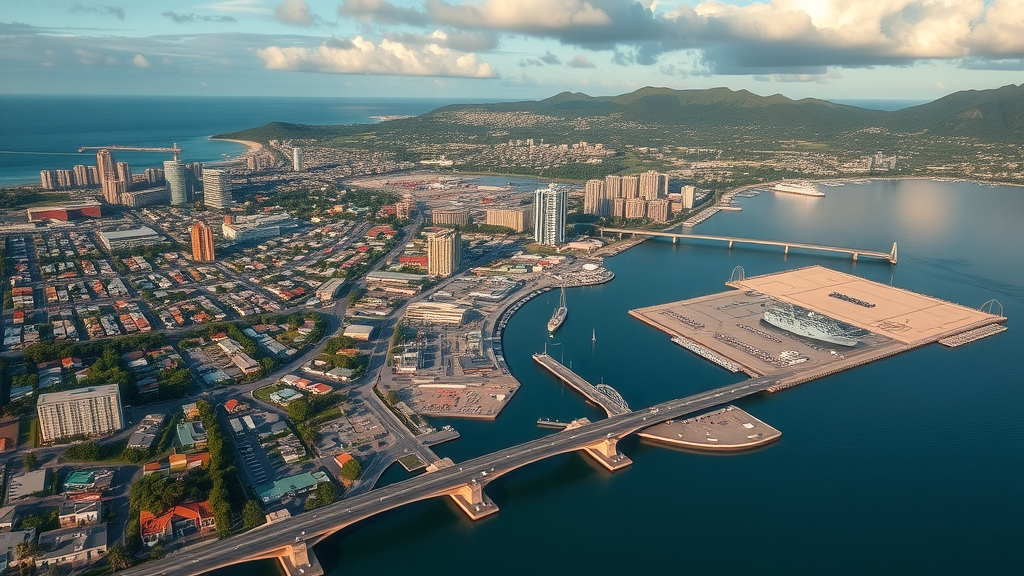
Modern Community Life and Living in Pearl City: Evolution of Pearl City Hawaii History
Neighborhoods, Schools, and Family Life in Present-Day Pearl City
Pearl City’s present-day charm lies in its blend of suburban atmosphere, central location, and rich educational opportunities. With well-kept neighborhoods, top-rated schools like Pearl City High and elementary schools managed by the Department of Education, the city attracts both local families and those relocating for employment with major Oahu employers. Its shopping centers, dining options, and community events serve a diverse populace, reflecting generations of multicultural growth.
Recreation centers, parks, and sports leagues offer something for every interest, from young children to kupuna (elders). Safe, walkable streets and convenient location make it easy for families to blend traditional celebrations with modern comforts—ensuring that the vibrant spirit of Pearl City Hawaii history is not just preserved but actively lived.
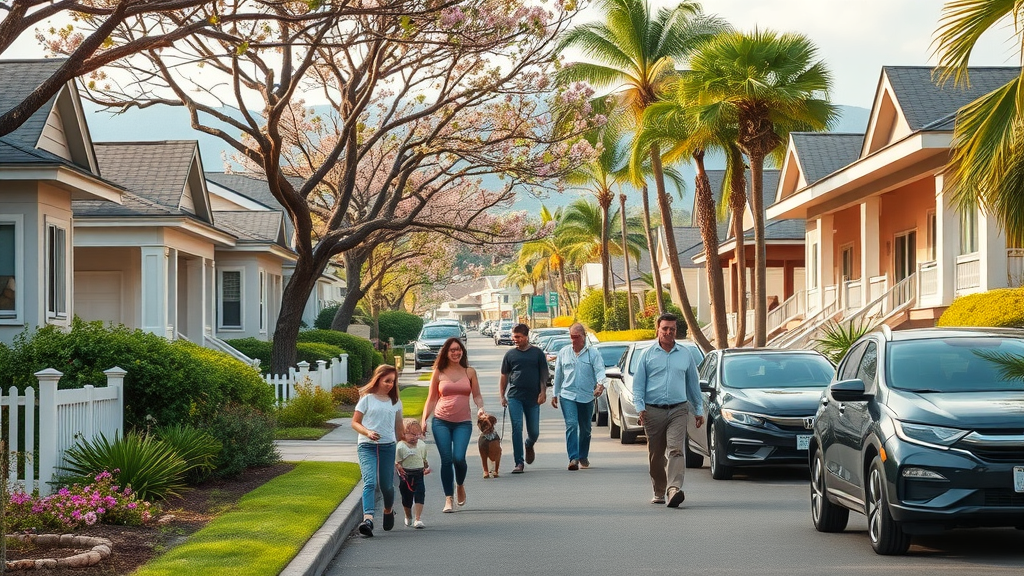
Is Pearl City, Hawaii a Good Place to Live? Historical Legacy Meets Modern Comforts
Families and young professionals alike agree that Pearl City is a great place to live. The area combines affordability, proximity to downtown Honolulu, and access to parks and schools—adding up to high quality of life. The enduring community ties and neighborhood pride that spring from its historical legacy are matched by practical benefits like shopping centers, public transportation, and major roadways that connect to the greater island.
Residents enjoy a unique sense of belonging, knowing that their home is more than a dot on the map. The spirit of ancient settlements, adaptations after World War II, and a growing, multicultural population come together to make Pearl City a community anchored as much in history as in the promise of tomorrow.
Why is Pearl City Famous?
-
Pearl City's fame comes from its ancient roots, pivotal location next to Pearl Harbor, and its transformation through Hawaiian monarchy eras, plantation days, and World War II events. Its enduring community spirit and closeness to Oahu’s major historical sites keep its legend alive.
What Are Some Fun Facts About Pearl City?
-
Pearl City was named for the abundance of oysters and pearls found in the waters of Pearl Harbor.
-
It is one of the oldest communities on Oahu, with a rich blend of ethnicities and traditions.
-
Pearl City is home to the first inter-island railroad in Hawaii.
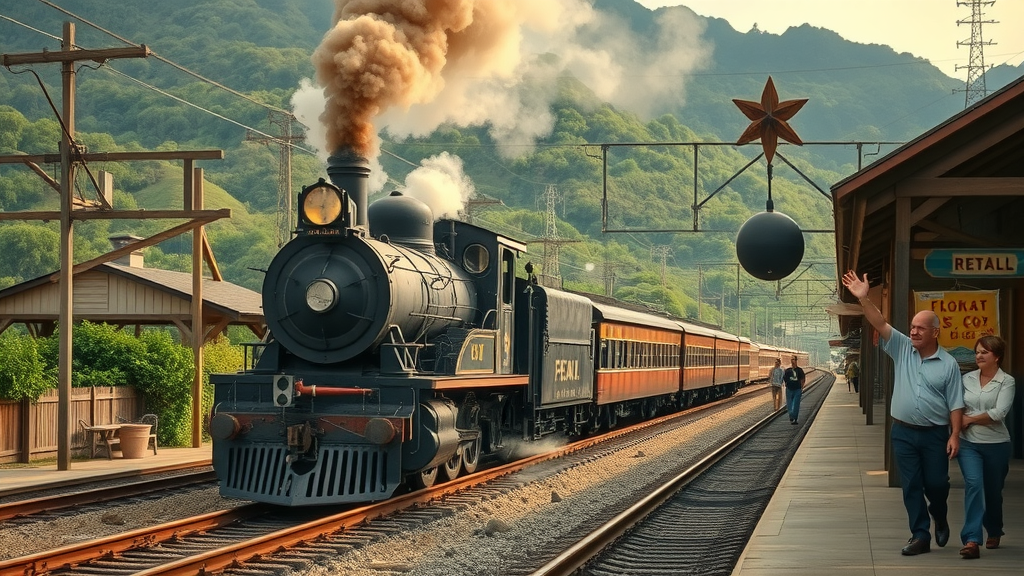
Is Pearl City the Same As Pearl Harbor?
-
No, Pearl City is a residential community adjacent to the U.S. naval base at Pearl Harbor. While they are closely linked geographically and historically, Pearl Harbor is a naval port, and Pearl City is the community that developed nearby.
Is Pearl City, Hawaii a Good Place to Live?
-
Pearl City is considered a desirable residential area due to its family-friendly atmosphere, access to reputable schools, proximity to major employers, and rich historical landscape.
Commonly Asked Questions on Pearl City Hawaii History
-
What are the main historical attractions in Pearl City?
The main historical attractions in Pearl City include remnants of the Oahu Railway, and sites connected to early Hawaiian settlements. The proximity to Pearl Harbor allows for easy access to historic memorials, and community festivals often feature cultural demonstrations and oral histories. -
How did events at Pearl Harbor affect Pearl City residents?
The attack on Pearl Harbor and subsequent World War II events dramatically impacted local life in Pearl City. Residents experienced increased security, displacement in some areas, and the arrival of military families, fundamentally changing the local economy, population, and character. -
How has Pearl City preserved its historical heritage over time?
Preservation efforts in Pearl City focus on maintaining historical sites, integrating Hawaiian and immigrant traditions into modern celebrations, and educating younger generations about their community’s past. Local schools, parks, and annual events all play a role in celebrating and safeguarding Pearl City Hawaii history.
Key Takeaways and the Enduring Legacy of Pearl City Hawaii History
-
Pearl City Hawaii history reveals layers of Hawaiian and American identities intertwined with a community spirit that still thrives today.
-
Understanding Pearl City’s evolution helps us appreciate its continued significance on Oahu.
Embark on Your Journey Through Pearl City Hawaii History Today
-
Explore the historic sites, stories, and living culture that make Pearl City unique—start your visit or in-depth study of Pearl City Hawaii history now.
 Add Row
Add Row  Add
Add 


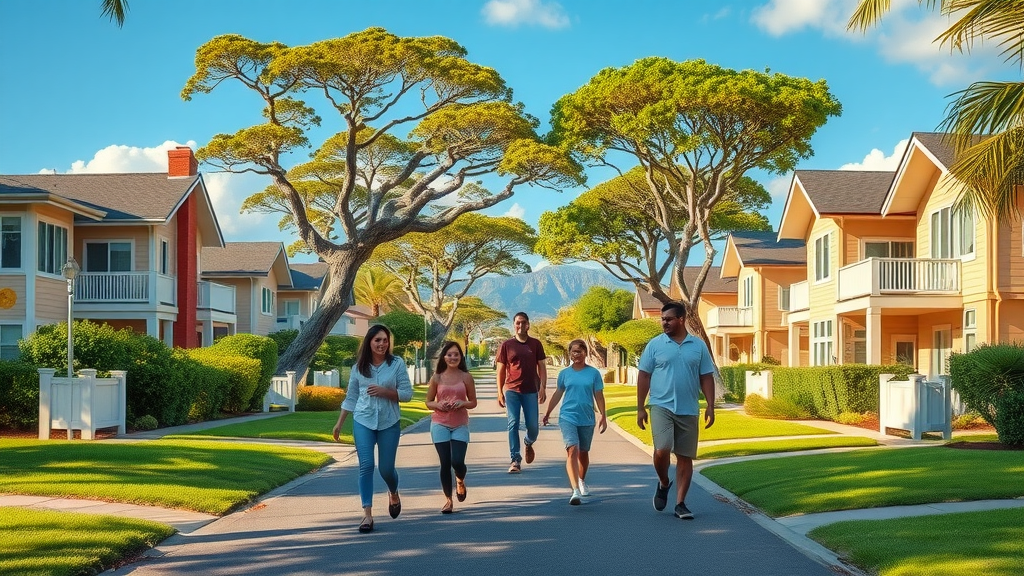
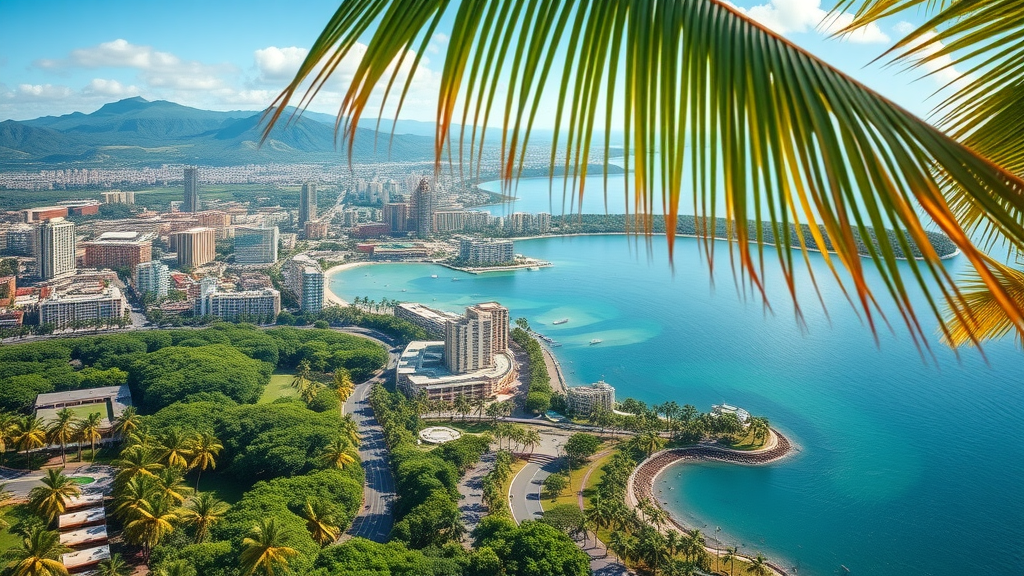
Write A Comment